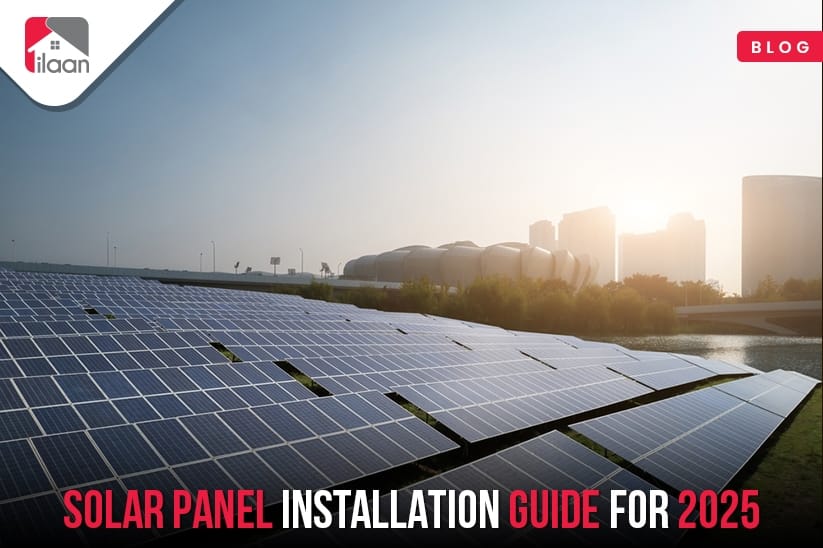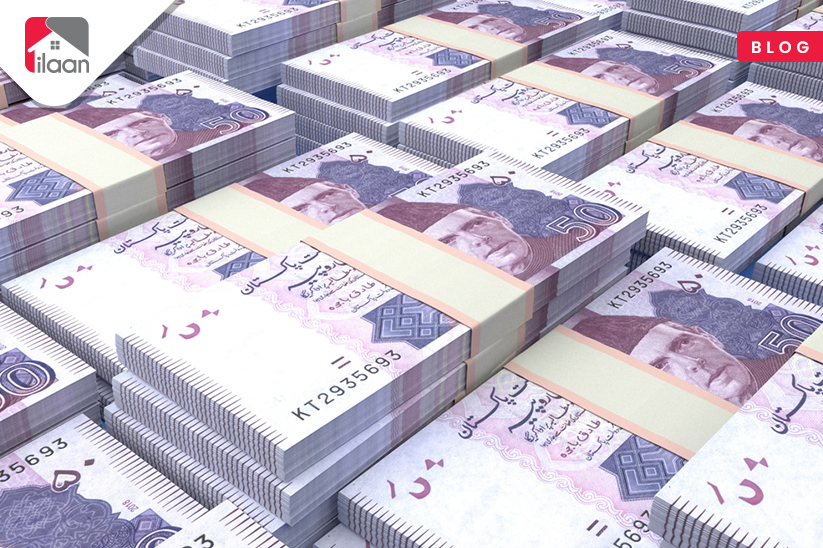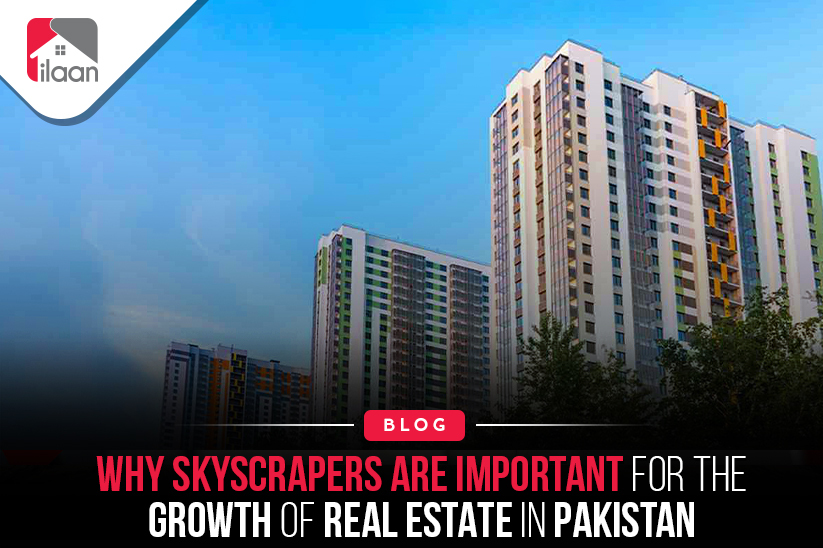The skyline of Pakistan's urban centers is evolving rapidly, with towering skyscrapers piercing the heavens. These architectural marvels are not just symbols of modernity; they are vital catalysts for the growth of real estate in Pakistan. In this blog, we will delve into why skyscrapers are instrumental in shaping the real estate landscape of the country and how they enhance the city's aerial view.
Maximizing Limited Urban Space
Pakistan's urban areas face a growing challenge – limited land resources amid a surging population. Skyscrapers provide a vertical solution to this problem, allowing cities to accommodate more people and businesses within a confined space. This maximization of urban land is essential for meeting the increasing demand for residential, commercial, and office spaces.
Attracting Foreign Investment
Skyscrapers are often considered a symbol of economic prowess. When a city skyline is dotted with these towering structures, it signals to investors that the region is economically vibrant and open for business. Foreign investors are more likely to put their money into a real estate market that exudes growth potential, thereby boosting the inflow of foreign investment.
High-End Luxury Living
Skyscrapers are synonymous with luxury living. In Pakistan, as in many other countries, the upper echelons of society aspire to live in penthouses and luxury apartments with breathtaking views. The presence of upscale residential skyscrapers caters to this demand, creating a niche market for high-net-worth individuals and expatriates.
Urban Regeneration
Skyscrapers often anchor urban regeneration projects. The construction of these modern structures in previously underdeveloped or neglected areas can revitalize the entire neighborhood. It attracts businesses, retailers, and other essential services, leading to a positive domino effect on property values in the vicinity.
Commercial and Office Spaces
Modern skyscrapers provide ample space for commercial enterprises and corporate offices. As businesses expand and require larger spaces, skyscrapers become a practical choice. Their proximity to other essential services and infrastructure makes them ideal locations for corporations, further driving the demand for real estate in the area.
Iconic Landmarks
Skyscrapers can become iconic landmarks that draw tourists and residents alike. These architectural wonders boost the overall image and identity of a city. Think of the Burj Khalifa in Dubai or the Petronas Towers in Kuala Lumpur – these landmarks have not only transformed skylines but have also contributed to the economic and cultural growth of their respective cities.
Night Illumination
Many skyscrapers are illuminated at night, creating a stunning display of lights that can be seen from a distance. This nighttime illumination enhances the aesthetics of the city's skyline, making it even more captivating from the air.
Reflection and Glitter
Skyscrapers with glass facades reflect sunlight during the day and city lights at night. This reflection creates a shimmering effect that adds a touch of elegance and glamour to the city's appearance, particularly when viewed from above.
Sky Gardens and Green Spaces
Some skyscrapers incorporate sky gardens or green spaces on their upper floors. These lush, elevated gardens provide a striking contrast to the surrounding urban environment and contribute to a more visually appealing aerial view.
Vertical Diversity
Skyscrapers break the monotony of low-rise buildings and horizontal landscapes. Their verticality adds depth and dimension to the cityscape when viewed from above, creating a sense of dynamism and modernity.
Economic Activity
The presence of skyscrapers often indicates economic activity and growth in a city. When viewed from the air, a skyline filled with skyscrapers conveys a sense of prosperity and progress.
Cultural Significance
Some skyscrapers incorporate cultural elements, motifs, or symbols into their designs. These elements can carry cultural significance and heritage, adding depth and meaning to the aerial view.
In essence, skyscrapers play a pivotal role in shaping a city's visual identity and making it more visually appealing when observed from the air. They transform urban landscapes into vibrant and captivating compositions that leave a lasting impression on residents and visitors alike.
Recent Blog

5 High-Income Skills You Need to Make $10,000...
25 Apr 2025

Solar Panel Installation Guide for 2025
19 Apr 2025

How to Get Fresh Currency Notes for Eid-ul-F...
29 Mar 2025

Why Invest in DHA Phase 9 Prism? Vanguard Pro...
24 Mar 2025





